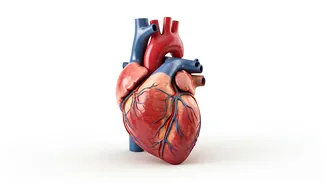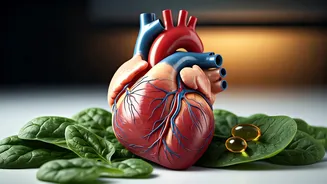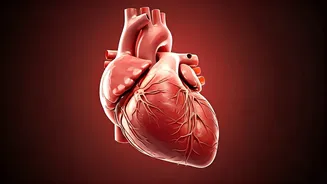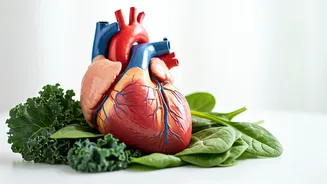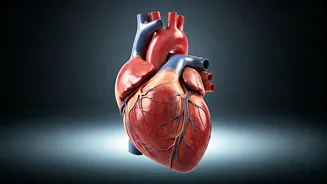A Concerning Trend
Over the past two decades, there has been a significant surge in hypertension among children and teenagers. This doubling in prevalence underscores the need
for a closer look at the health of the younger generation. Hypertension, commonly known as high blood pressure, poses a serious health risk, increasing the likelihood of cardiovascular diseases, kidney problems, and other health complications. The surge indicates that lifestyle factors, environmental influences, and potentially genetic predispositions are all interacting to create a health crisis among the youth. The implications are far-reaching, potentially leading to increased healthcare costs and a decline in overall public health if not addressed promptly and efficiently. This necessitates immediate attention from healthcare providers, policymakers, and parents to mitigate the effects of this trend and reduce the associated health risks. Early detection and proactive management strategies are essential to address this issue effectively and promote the well-being of children and adolescents.
Factors at Play
Several factors contribute to the rise of hypertension in young individuals. One key contributor is the increasing prevalence of childhood obesity. Unhealthy dietary habits, marked by high consumption of processed foods, sugary drinks, and a lack of fresh produce, significantly contribute to this issue. Physical inactivity, often tied to a sedentary lifestyle fueled by excessive screen time and a scarcity of outdoor play, is another important factor. Additionally, the pressures of modern life, including stress from academics, social interactions, and other commitments, can trigger elevated blood pressure levels. Furthermore, genetic predispositions play a role; children with a family history of hypertension are at higher risk. Environmental factors, such as exposure to pollution and unhealthy living conditions, can also influence the development of hypertension. Addressing these multiple factors requires a multifaceted approach that includes promoting healthy lifestyle choices, encouraging regular physical activity, and reducing exposure to environmental stressors. It also involves early screening and interventions to monitor and manage blood pressure levels.
Early Detection Matters
Early detection of hypertension is critical to preventing long-term health complications in children and teenagers. Regular blood pressure screenings, starting from a young age, are vital to identifying those at risk. These screenings should be incorporated into routine check-ups at the pediatrician's office. Parents play a crucial role by recognizing potential warning signs, such as headaches, blurred vision, and nosebleeds, and promptly seeking medical attention if such symptoms arise. Early detection enables healthcare providers to implement timely interventions, including lifestyle modifications, dietary changes, and, if necessary, medication. Monitoring blood pressure regularly helps track the effectiveness of these interventions and ensures proper management of the condition. Early intervention significantly reduces the risk of developing more serious health problems, such as cardiovascular disease, as these individuals grow older. Therefore, proactive screening and vigilance are essential for safeguarding the health of young individuals.
Lifestyle Changes
Implementing lifestyle modifications is crucial for managing and preventing hypertension in children and teenagers. Promoting a balanced, nutritious diet is the first step. This involves reducing the intake of processed foods, limiting sodium consumption, and increasing the intake of fresh fruits, vegetables, and whole grains. Regular physical activity, at least 60 minutes of moderate to vigorous-intensity exercise daily, is equally important. Encouraging participation in sports, outdoor activities, or structured exercise programs can help children and teens stay active. Reducing screen time and promoting other hobbies is also beneficial in maintaining an active lifestyle. Stress management techniques, such as mindfulness, yoga, and meditation, can help regulate blood pressure levels and improve overall well-being. These changes should be implemented in a supportive environment, with parents, educators, and healthcare providers working together to guide and encourage healthy habits. By making these changes, children and teens can effectively manage their blood pressure and reduce their risk of future health problems.
Parental Guidance
Parents have a crucial role in preventing and managing hypertension among their children and teenagers. They should be active participants in promoting healthy lifestyle choices within the family. This includes preparing nutritious meals at home, limiting junk food consumption, and encouraging physical activity. Parents should also set a positive example by adopting healthy habits themselves. Regular family activities, such as walks, bike rides, or playing sports, can help promote physical activity and family bonding. Open communication about health issues is essential; parents should educate their children about the importance of a healthy lifestyle and the potential risks of hypertension. Encouraging regular check-ups with healthcare providers allows for early detection and intervention. Parents should actively engage with their children's healthcare teams to understand the condition and follow treatment plans. Creating a supportive environment where children feel comfortable discussing their health concerns is crucial for their well-being. By taking an active role, parents can greatly contribute to their children's health and reduce their risk of hypertension.



